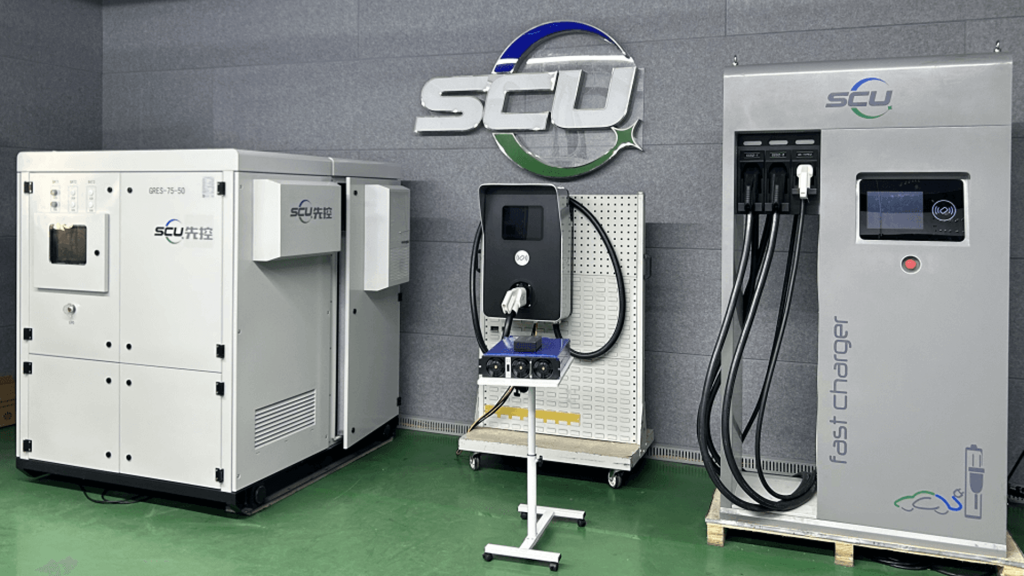In the context of various countries vigorously promoting “carbon neutrality”, battery energy storage is one of the most effective ways to achieve green and low-carbon goals. The battery storage market has also reached a new turning point. Since the development of energy storage industry has been put on the agenda, the energy storage battery market has shown an exponential growth trend, and even the situation of supply shortage has emerged. With the increase of energy storage system installation, battery companies are also continuously increasing investment in energy storage application sector, and welcoming the arrival of a trillion-dollar market.
The rapid growth of battery energy storage cannot ignore safety issues
The rapid development of battery energy management system has a positive role in building new green energy and achieving the goal of “carbon neutrality”. However, safety issues seem to have become a major factor restricting the development of the battery energy storage industry. Nowadays, more and more energy storage projects are being implemented, and the scale of the projects is getting larger and larger. The safety and reliability of battery energy storage are facing many doubts and tests. How to resolve energy storage safety issues?

The method of resolving battery energy storage safety issues
In the battery energy storage system, the most effective way to reduce the risk of fire is to add a sensing system for battery temperature, current, and voltage in the circuit of the battery pack, and manage the abnormal batteries. This is what we commonly refer to as a Battery Management System (BMS).
BMS integrates components such as temperature sensors, current sensors, and voltage sensors for sensing the battery status. In battery energy storage applications, the temperature sensor is mainly responsible for sensing the temperature changes of the battery. When the battery temperature reaches a certain threshold, the BMS will automatically terminate the charging and discharging operations of the battery. The current sensor is mainly responsible for sensing the changes of battery current, and the BMS can judge whether there is a short circuit in the battery energy storage system based on the changes in the current. The voltage sensor is mainly responsible for monitoring the changes of battery voltage, facilitating the BMS to judge the current state of the battery and avoid overcharging. The ultimate goal of adding these three sensors is to achieve thermal management of the battery, avoid the occurrence of battery thermal runaway from the source, and improve the safety and reliability of the battery energy storage system.
In the context of the policies of “carbon neutrality” and “carbon peak”, and the pressure to consume a high proportion of renewable energy, the status of new energy in the power system continues to rise, and the development of battery energy storage has also been put on the agenda. The frequent occurrence of fires in energy storage power plants has raised the concern of various industries on energy storage safety to a new level. In energy storage applications, the use of temperature, current, and voltage sensors is essential to avoid battery thermal runaway.
